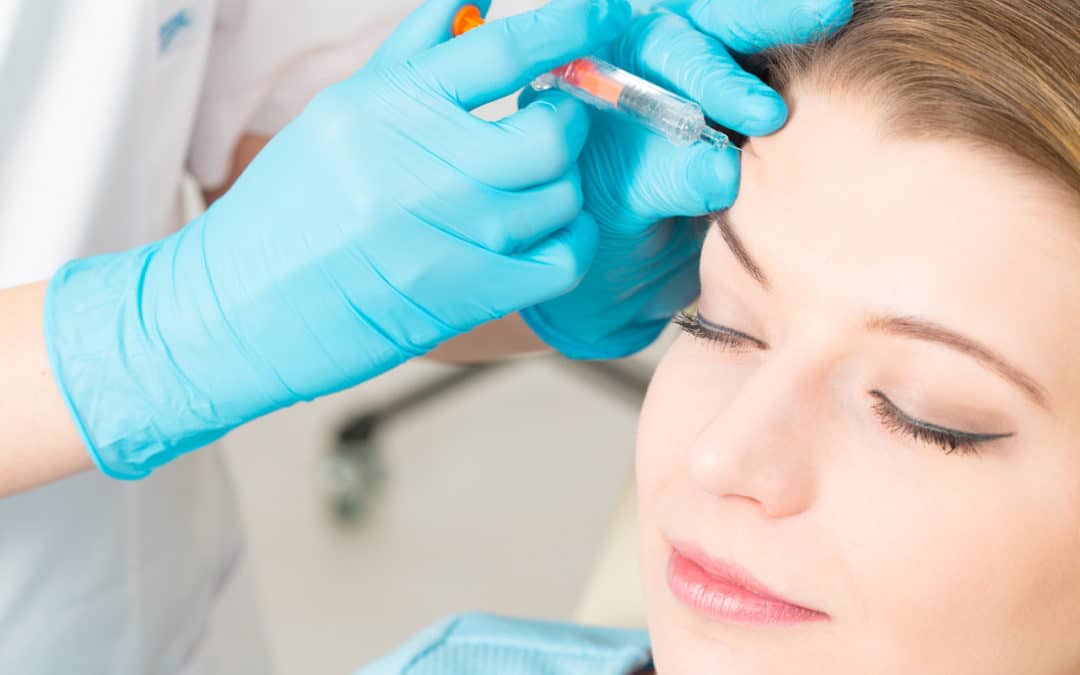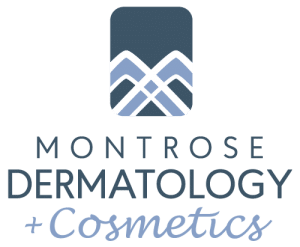Along with laser resurfacing, microneedling, and Botox®, facial fillers are an effective method of reducing wrinkles and fine lines around your face.
Fillers are special types of volumizers that are meant to plump cheeks and lift sagging or sunken skin. Your skin’s volume naturally decreases with age so if you are experiencing thinned lips, deeper creases or wrinkles around the nose and mouth, or sunken cheeks, fillers might be the perfect solution!
What causes wrinkles?
Aging, sun and UVA exposure, smoking, and genetic factors are behind the appearance of wrinkles.
Wrinkles are the lines, creases, and hollows that form in your face -mostly around your mouth and eyes and in your forehead- and in your neck. They are mostly due to age, but other factors contribute to their appearance.
As your skin ages, its elasticity diminishes. The production of natural oils in your skin decreases and your skin becomes less moisturized and more fragile. Fat in the deeper layers of facial skin also diminishes and muscles relax, making for an uneven substrate for your skin to lie on.
Aging also turns expression lines into wrinkles. The cute lines that form around your mouth and eyes when you smile or frown, normally disappear when your face is at rest. However as the skin ages and loses its flexibility, it bounces back less efficiently and expression lines mark your face permanently.
Other factors that are known to play into the appearance of wrinkles are excessive sun and UVA exposure, as well as smoking. Both damage collagen, the connective tissue that lies under your skin, and create an uneven surface under your skin.
Genetics also play a role, as they determine skin texture. Indeed, wrinkling also depends on your skin characteristics and tone. Darker skin seems less prone to aging, while fair, thinner skin seems to be even more sensitive to sunshine, smoke, and wrinkles.
When will my first wrinkles appear?
There is no rule as to when the first wrinkles appear. Some people see their first wrinkles slowly forming when they hit their 30s while others enjoy smooth skin until their 50s. Whatever the case, if your wrinkles bother you, you have quite a few options to treat them and smooth them out. Injectable dermal fillers are one of the most common types of wrinkle treatment.
How can dermal fillers reduce wrinkles and rejuvenate your face?
Dermal fillers are substances that can be injected under a wrinkle to smooth it out and give you a youthful look for a fraction of what a facelift would cost.
That’s why injectable wrinkle fillers are one of the most popular rejuvenation treatments, and why there are so many products available.
It can take less than 30 minutes to have a facial injection treatment, but the effect can last from a few months to more than a year.
What are dermal fillers?
As their name indicates, dermal fillers fill the creases and hollows that form under your skin, restoring a smoother substrate for your skin. They are also commonly used to add volume to facial soft tissues, replace lost fat, and lift your cheeks, your chin, or your lips.
Some fillers can also stimulate the natural production of collagen. That way, they not only fill a hollow but also restore to some point the natural ability of your skin to mend, if they are used regularly and on a long-term basis.
It should be stressed that wrinkle fillers work differently from Botox.
Botox de-contracts and relaxes the muscles under a wrinkle, preventing the creation of a crease or hollow under the skin. Fillers fill an existing wrinkle and work best for already formed and more noticeable wrinkles.
What kind of dermal fillers are available?
Most injectable filler substances today are based on natural substances found in our body, namely hyaluronic acid.
What is Hyaluronic acid?
Hyaluronic acid is a natural lubricant and filler found in the body. Research suggests that, on top of filling wrinkles efficiently, hyaluronic acid injections can stimulate the natural production of collagen when treatments are repeated.
Hyaluronic acid fillers have lasting effects in repairing wrinkles (from several months to two years) and are considered one of the safest injectable fillers, with few side effects.
Hyaluronic acid fillers have become the most popular type of filler in the US.
What are collagen wrinkle fillers?
Collagen, a natural protein, was one of the first natural substances to be used in wrinkle fillers. However, collagen wrinkle fillers suffered at first from an association with allergic side reactions. Also, their anti-wrinkle effect did not last long.
Today, collagen wrinkle fillers have evolved and you can use them safely.
Their anti-wrinkle result still does not last long, since collagen is eventually absorbed by the body. However, they are considered to offer a very natural effect. Possible, if rare, side-effects include redness, swelling, and allergic reactions.
What other kinds of wrinkle fillers are there?
There are also a few synthetic, lab-made wrinkle fillers available, like those based on silicone. These have the advantage of longer-lasting, even practically permanent results.
However, they are not always recommended due to their more important side effects and complications if they are not injected correctly.
Polylactic acid wrinkle fillers are another possibility. Also found naturally in the body, this acid produces collagen, thus helping stimulate your skin into healing and growing.
Finally, calcium hydroxyapatite is sometimes used as a wrinkle filler. As the word “calcium” suggests, this substance is a mineral found in your bones.
How is a wrinkle filler treatment done?
A wrinkle filler treatment involves a series of tiny injections under the skin’s surface, at the dermal and subdermal levels. The amount of product injected depends on how deep and large the treated wrinkles are.
Dermal filler treatments have a very short downtime and allow patients to return to their daily activities practically immediately.
However, it is recommended to keep calm for 24 hours after the treatment and to avoid lifting weight, strenuous activities, and sun exposure that could displace the injected material and cause little lumps on the treated facial areas.
How long do wrinkle fillers last?
The results of the facial filler will be seen immediately after the procedure ends.
The volumizing effects of the procedure can last anywhere from 6 months to 2 years depending on who the product is used on and which product is used.
Some fillers have recently been marketed as “permanent” and may last a few additional years. These treatments, however, should probably be called “longer-lasting” rather than “permanent.”
What side-effects do wrinkle fillers have?
Although rare, most types of dermal fillers may cause a few common side effects. These are of little to medium severity, like swelling, redness, itching, or bruising at the injection area.
Sometimes, the filler can form little bumps under the skin, especially if you exercise immediately after a treatment. This effect gradually goes away.
Though these side-effects are minimal, bruising and some other side-effects may last over a week. Because of this, make sure any dermal filler treatment you schedule takes place at least two weeks before an important event.
What precautions should I take before a wrinkle filler treatment?
Injections should be done by a certified medical professional to avoid risks like contamination from non-sterilized utensils and to have the best rejuvenation results without serious side effects.
Take the necessary precautions before undergoing a dermal filler procedure: use a board-certified dermatologist to get the job done. Not only is it safer, but the effects of the filler will be far more effective. Also, ask for FDA-approved dermal fillers.
Want to find out more? Contact now Montrose Dermatology and Cosmetics or call us on (970) 964-4036 to get started with a free consultation!


